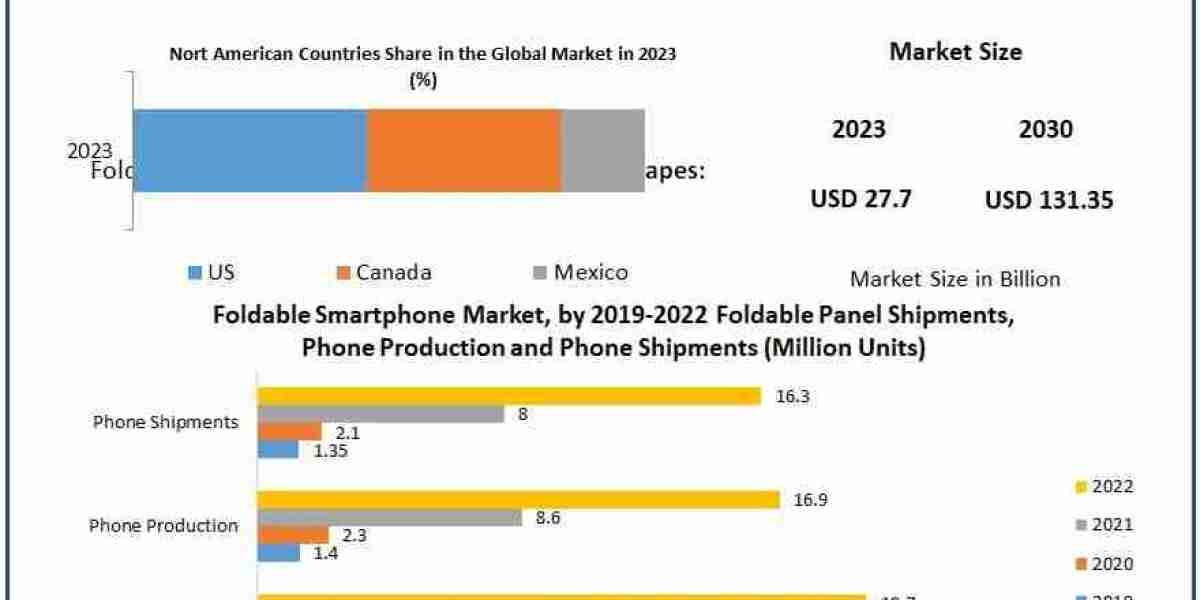1. ? Market Overview & Growth Drivers
The global Renewable Energy Transformer Market is experiencing robust expansion. It was estimated at $29.9 billion in 2022 and is projected to nearly double to $57.6 billion by 2032, growing at a CAGR of approximately 7% for 2023–2032 . A key driver is the worldwide push toward decarbonization. As governments and utilities increase renewable installations—wind, solar, hydro, biomass—they also require modern transformer solutions capable of managing variable, intermittent outputs and bidirectional power flow .
Regulatory pressure is another factor: EU and U.S. mandates on transformer losses and efficiency, such as the EU Ecodesign Tier 2 and proposed U.S. DOE standards, seek to reduce energy loss, which currently accounts for around 93 TWh wasted in the EU annually . Meanwhile, international agencies like IEA and IRENA highlight urgent needs for massive grid investments—billions per year—to integrate renewables optimally .
2. Grid Modernization: Central Catalyst
Modernizing aging grid systems is essential. Many regions rely on decades-old infrastructure ill suited for renewables or EVs. In the U.S., DOE's Grid Deployment Office earmarked $10.5 billion for infrastructure upgrades, including smart transformers . India, targeting 500 GW of renewables by 2030, plans to install over 710,000 MVA transformer capacity plus a $109 billion modernization plan through 2032 . In Gujarat alone, a ₹29,000 crore Green Energy Corridor will add substations and power-quality equipment to handle 16,500 MW of clean energy .
Asia‑Pacific dominates: APAC accounts for nearly 78% of the region’s transformer market, fueled by rapid industrial and renewable growth in China and India . China’s commitment—adding 2,890 GW of wind and solar by 2030 and investing ~$442 billion in grid upgrades under its 14th Five Year Plan—underscores this trend .
3. Technical Challenges & Market Bottlenecks
Despite strong demand, several challenges persist:
Supply chain & manufacturing constraints
The transformer industry's production capacity is stretched. Hitachi Energy warns output won’t meet the growth of transformer demand until at least late 2026 . Specialty winding equipment, core materials, and skilled labor availability constrain expansion .Extended lead times
Reddit discussions and industry data indicate build times of 115–130 weeks (~2–2.5 years) for large transformers, which strains project schedules .Material volatility
Prices for copper, steel, aluminum, and insulation can fluctuate sharply. Tariffs on metals in the U.S. could raise costs further—domestic production currently meets just 20% of demand .Grid compatibility
Renewable projects require smart transformers with bidirectional capabilities and voltage/frequency regulation to maintain stable grids .
4. Technological Innovation & Market Segmentation
To meet evolving needs, transformer manufacturers are innovating:
Energy-efficient designs using amorphous steel cores, dry-type and gas-insulated systems, and low-loss materials.
Smart grid integration, with IoT sensors and real-time monitoring → reducing downtime and enabling predictive maintenance .
High-voltage, high-power units ($>3,000 kVA) built for utility-scale wind and solar farms; emerging materials and better insulation technologies support remote deployments .
Key companies include ABB, Siemens, Schneider Electric, GE, Hitachi, BHEL, L&T, Mitsubishi, and Crompton Greaves .
Segmentation insights:
By type: step-up/down, distribution, power transformers
By insulation: oil, gas, dry
By application: solar, wind, hydro, grid
By installation: onshore/offshore
By end-user: utilities, industrial, commercial, residential
5. Regional Highlights & Local Initiatives
China: Leading globally, with smart grid rollouts and pledges for non-fossil energy to reach 80% of primary energy by 2060 .
India: Achieved over 203 GW renewables (Oct 2024), adding 21 GW solar and 3 GW wind in FY24 . The Gujarat hybrid park (30 GW capacity) requires robust transformer and transmission build-out .
Europe: A blackout in Iberia (Apr 2025) highlighted urgent investment needs in synchronous condensers, batteries, and transformers to buffer renewables volatility .
U.S.: Federal orders are boosting long-term investment plans for RTOs, and FERC's Order 1920 mandates smart investments in transmission and transformer resilience .
6. Outlook & Strategic Implications
Closing the investment gap
Analysts project $600 billion/year investment in grids is required through 2030 to match renewable capacity growth .Managing supply constraints
With factory expansions taking years, companies must prioritize orders and consider localizing production. Governments might offer incentives to make domestic manufacturing more competitive .Innovation for resilience
Prioritizing smart designs and efficiency features that align with climate goals will be vital. Regulatory compliance (e.g., DOE, EU) will become increasingly mandatory.Market consolidation & partnerships
Fragmented market and technology demands lead to collaborations between grid operators, utilities, and manufacturers—as seen in major hybrid park initiatives and smart grid hubs (e.g., Iberdrola).
7. Conclusion
The renewable energy transformer market is riding two transformative waves—decarbonization and grid modernization. Demand is skyrocketing, yet supply-side bottlenecks, material volatility, and technical integration challenges are slowing progress. Strategic investments, policy alignment, and innovation are essential to close the gap and maintain a smooth transition to clean energy infrastructure.


